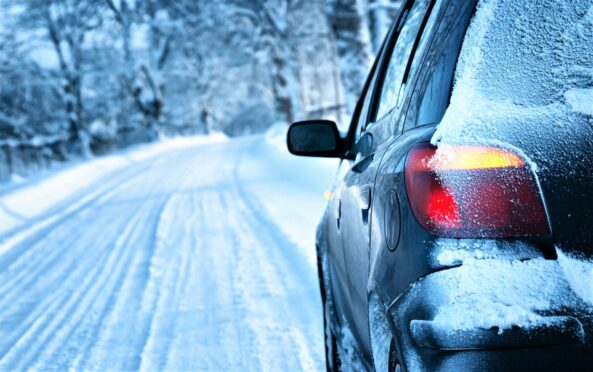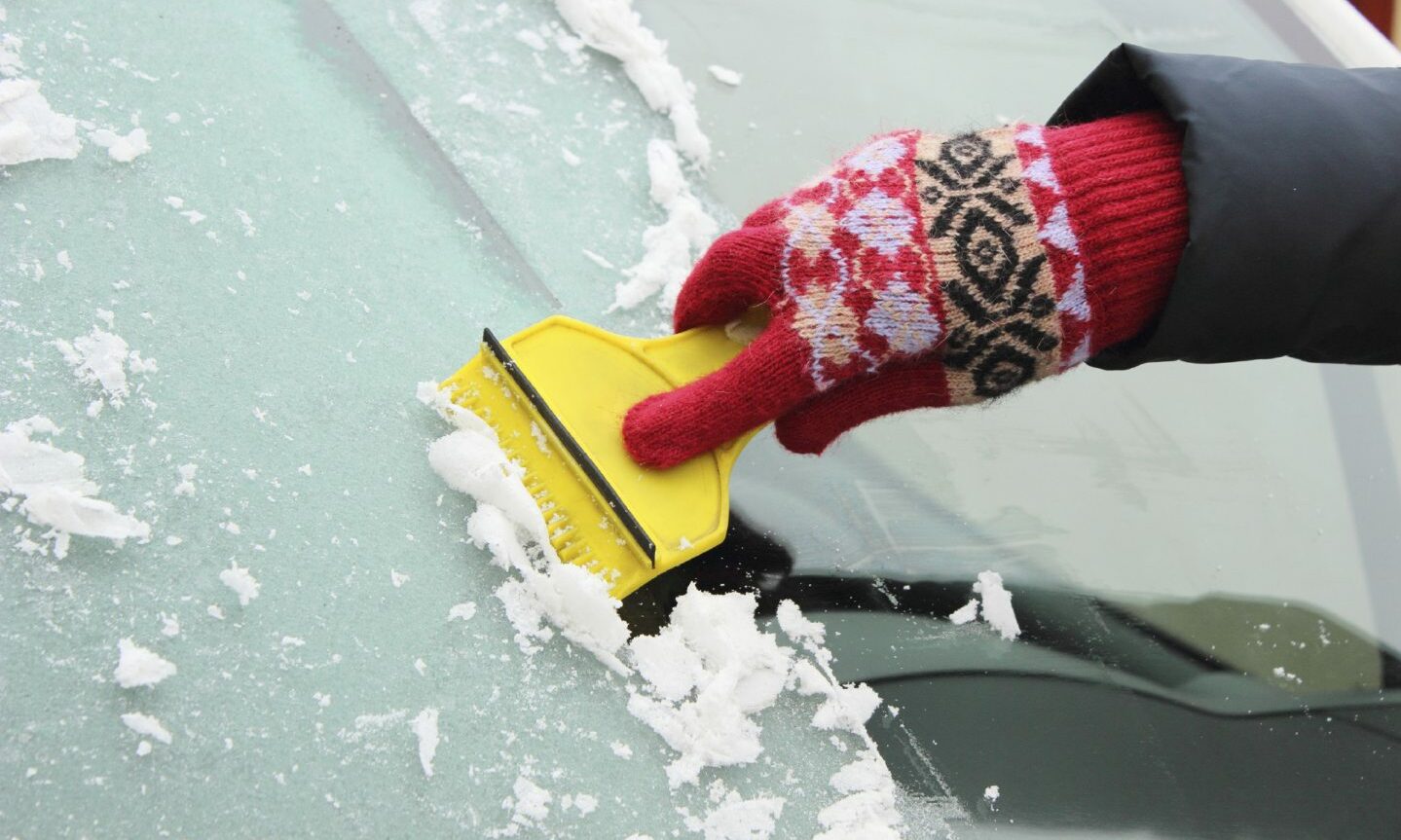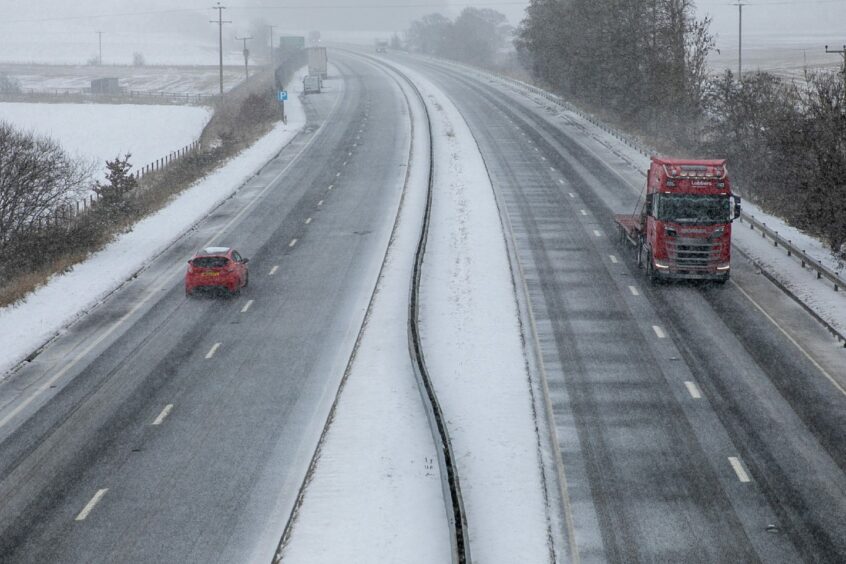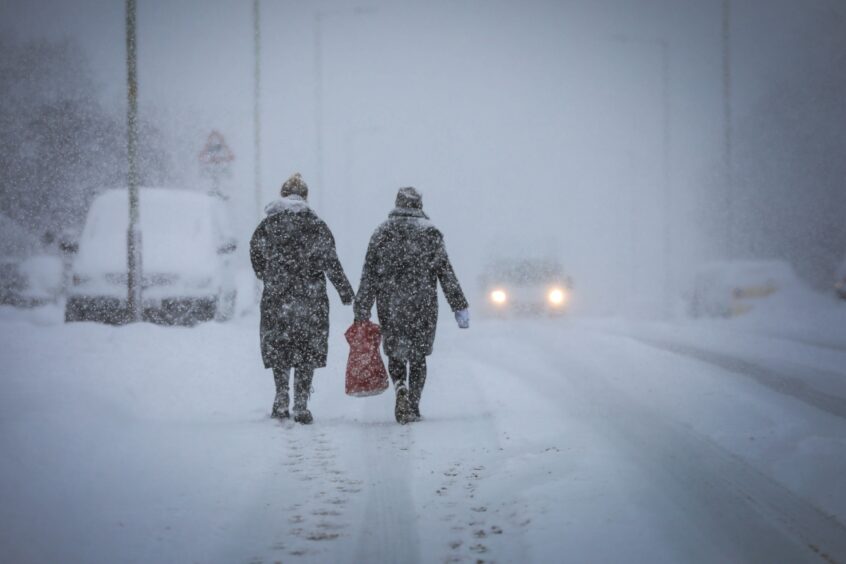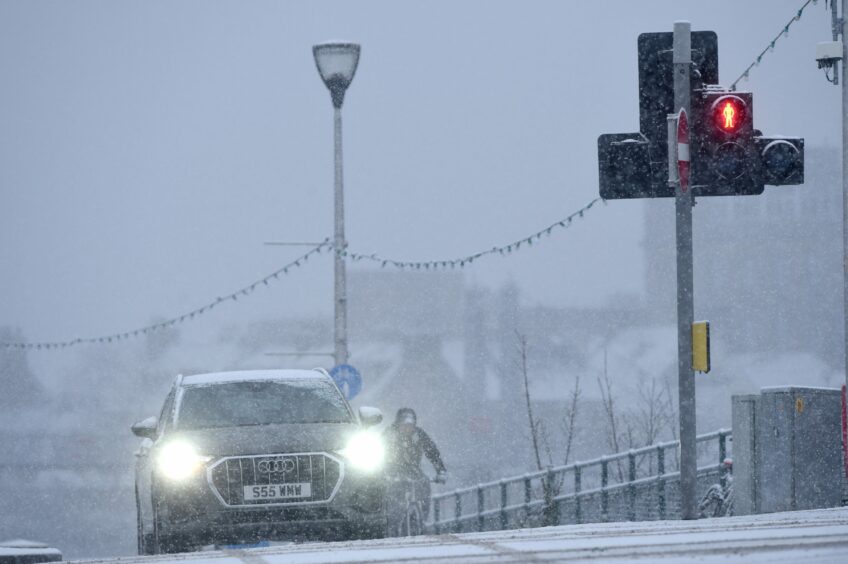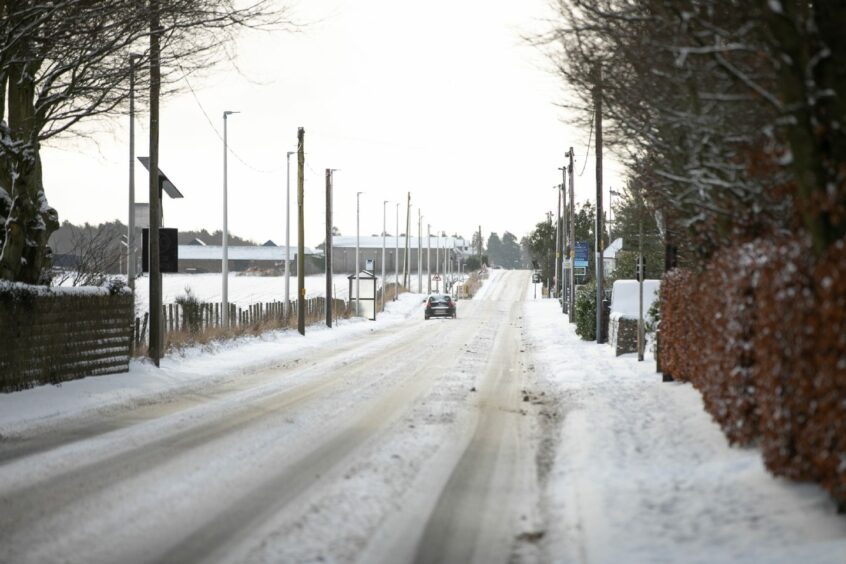Driving in snow and icy weather can present some of the greatest dangers to motorists.
From busy dual carriageways to more remote rural roads, cold weather can cause all sorts of problems for drivers of all abilities all across Scotland.
Here are five tips to make sure you can get to your destination as safely as possible when driving in snow.
Clear your vehicle properly of snow and ice
It might seem obvious, but it’s crucial to make sure you get rid of the snow and ice coating your vehicle before you set off if it’s been sitting outside for a while.
As well as completely clearing all your windows of ice using de-icer or a scraper, it’s also important to make sure all of your vehicle’s lights are cleared too.
Another common mistake after periods of particularly heavy snowfall is not completely removing all the snow off the roof of your vehicle.
If you set off without doing so, it can slope off and block vision for yourself or other motorists.
Plan ahead and leave plenty of time for these pre-departure checks.
Beware of skidding and black ice
Icy conditions can greatly increase braking distances as cold road surfaces make it much more difficult for your vehicle’s tyres to grip efficiently.
Getting proper winter tyres fitted will significantly help with this, but there are other factors to keep in mind too.
With longer breaking distances, it’s important to leave a much larger gap between you and the vehicle in front than you would usually.
Keep an eye out for icy patches on the route ahead, and pay particular mind to the dangers of black ice, which is much more difficult to spot and can cause you to skid.
If you do find yourself skidding, take your foot off the accelerator and gently steer into the skid. Don’t stamp on the brakes.
During periods of heavy snow, dip your headlights
Driving through heavy snowfall can present all sorts of visual problems for motorists, both day and night.
To make sure you’re completely visible to other motorists, it’s a good idea to put your dipped headlights on, as regular sidelights might not be enough when it’s really snowy.
And if visibility gets particularly poor, to ensure other drivers can see where you are, put on your fog lights.
Be ready for conditions to rapidly change
If you find yourself facing a drive in snow, even if it might seem fine when you set off, the fickle Scottish weather can change quickly.
Look up forecasts ahead of time, and if they look particularly bad, consider if your journey is absolutely necessary or not before setting off.
And when driving in snow, consider the state of winter maintenance on the roads you’re using to get to your destination.
Key roads may be well treated by grit, but back roads or side roads which have less traffic may be far more snowy or slippery if they’ve not been visited by a gritting team in some time.
Change your driving as conditions require
Driving in snow is totally different to travelling on a dry road in warmer conditions.
The potential for your wheels spinning can be alleviated by being as gentle as possible with your acceleration if you’re on snow or ice.
As well as accelerating gently, you should move to higher gears quickly.
If you’re going down a hill, use a lower gear and try to avoid breaking unless you really need to.
And if you’re going up a hill, try your best to keep a consistent speed and not to change your gear during your ascent.
